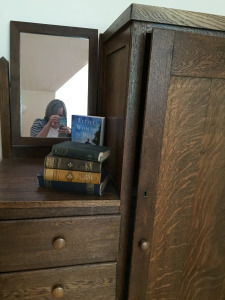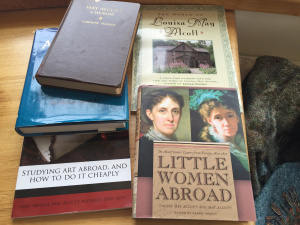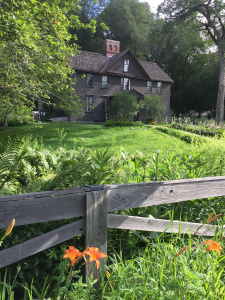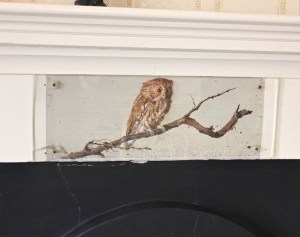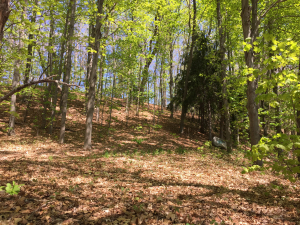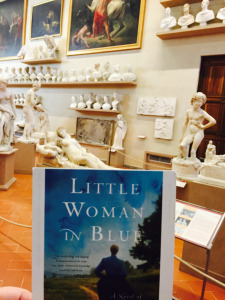Archives of Books, Land, and Memory
A lot of research happens with books, but sometimes we should take the words and images for walks. We need to let the words come back to us through the senses. While stepping where the people we write about once stepped, we have to take into account new roads and buildings, and climate change, but beyond that we can connect through the senses. Photographer Mark Ruwedel wrote, “I’ve come to think of land as being an enormous historical archive.” And from Galielo’s Telescope: “Places are the archives of the truth they have witnessed,” which sounds a bit like something Ralph Waldo Emerson, May Alcott’s neighbor (and the kind man who broke tragic news to the family) might have written.
Lots of us who write about the past get pulled into it because of a love of reading and a small taste for spying. Rewards aren’t often quick. You need a high tolerance for heading in wrong directions. And those of us who turn our findings into fiction or verse are often the ones who liked to play dress-up as children, and haven’t entirely stopped.
For more of my thoughts on research, please read Plundering Back Cupboards in Reading the Past. And at The Writing Desk I consider research as a treasure hunt: “Besides a fascination with what remains from the past, or what’s hidden, I write historical fiction because I get to read a lot. I like ferreting out details and weighing various points of views to decide who’s telling what kind of truth. Historical fiction begins with research, though it doesn’t stay there. We may be given a plot, place, and characters, but it’s what we do with them that make a novel come alive.” (Click the above link to read more.)
Here are some books essential to my research for Little Woman in Blue.
This is Orchard House, which holds the biggest collection of May Alcott’s paintings, in a photo I took in July.
Inside are May’s watercolors, often of rivers and lakes, some copies of J.W.W.Turner’s works, and drawings of Greek gods and goddesses she did on her bedroom walls, and an owl she drew over Louisa’s hearth.
(photo by Susan Branch)
Looking at an artist’s work, thinking about subjects and styles, is part of research, too. So is walking on the path between her house and the Hawthorne’s.
Nathaniel is said to have walked this path, too, to avoid Bronson spotting him on the road and keeping him with long conversations. In these woods, May met his handsome son, Julian, or headed on visits with Nathaniel’s wife, Sophia, who must have inspired May with her painting and scared her with the way she stopped doing much art due to family duties.
And here’s a photo that I took in the Galleria dell’Accademia (where others were taking selfies with Michelangelo’s David). I loved so much in Florence, looking at art May admired when she visited Italy in 1871. I wanted to give May another look, though this came when my book was in galleys. Just because a book is published, we don’t stop asking questions.
Giveaway! Comment by September 25 at Let Them Read Books to win a copy of Little Woman in Blue. Jenny kindly writes, “Jeannine Atkins has shone a spotlight on the other talented Alcott sister, exploring the nature of sisterhood, the effects of fame on a relationship, and the emergence of the modern women.”



